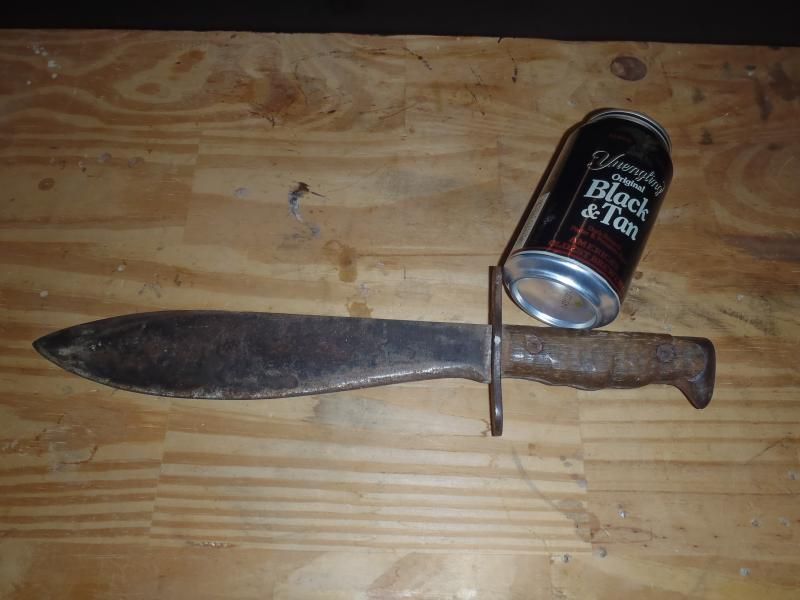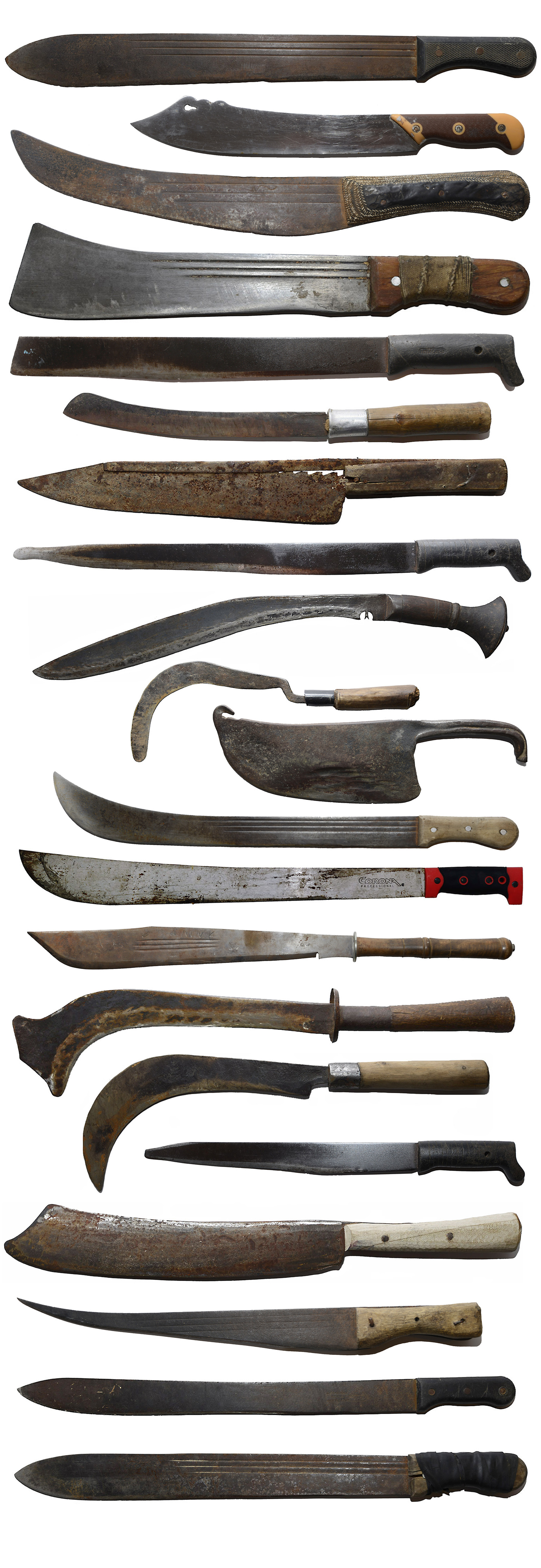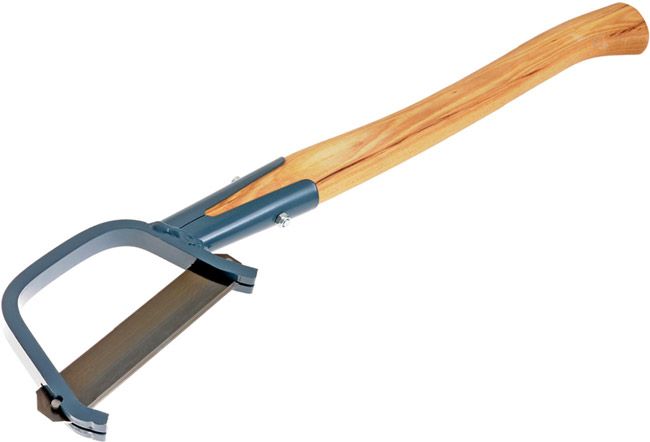All of the MORA knives that I use regularly are carbon steel, some are laminated steel, mainly wood carving knives. It is annoying how quickly the carbon steel will pick up rust spots. Leather sheaths are much more prone to rust spots than the plastic ones. I normally coat my knives with Tsubaki oil when I put them away, but a leather sheath will wipe the oil off. It would probably be better to store the knives outside of the sheaths. Stainless steel MORA knives are supposed to be made from Sandvik 12C27, which is supposed to be a very good knife steel. I can't really speak to its corrosion resistance because I don't carry one very often. I suppose that most of the rust that I see is due to leather sheaths, most of which I made for older MORA knives. I have a couple of old Broderna Jonsson wooden handle laminated steel MORA hunting knives that I restored and made sheaths for that are very prone to picking up rust spots. I don't have much trouble with the newer knives in plastic sheaths. The coating on the MORA Black knife is probably for corrosion protection, but won't do anything to protect the edge. When I sharpen my knives, I normally strop them with green Chromium compound which brings them to a near mirror finish. This finish does appear to reduce friction a bit when cutting. It's relatively easy to restore an uncoated knife to a nice finish, but coated knives will show sharpening scratches. This isn't important on working knives, but I prefer my good knives to look good.
Many good stainless steel knives are made from 440C, but this steel requires special heat treatment for good performance. As cheap as the MORA knives are, they really are made from Swedish steel.
Many good stainless steel knives are made from 440C, but this steel requires special heat treatment for good performance. As cheap as the MORA knives are, they really are made from Swedish steel.





